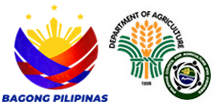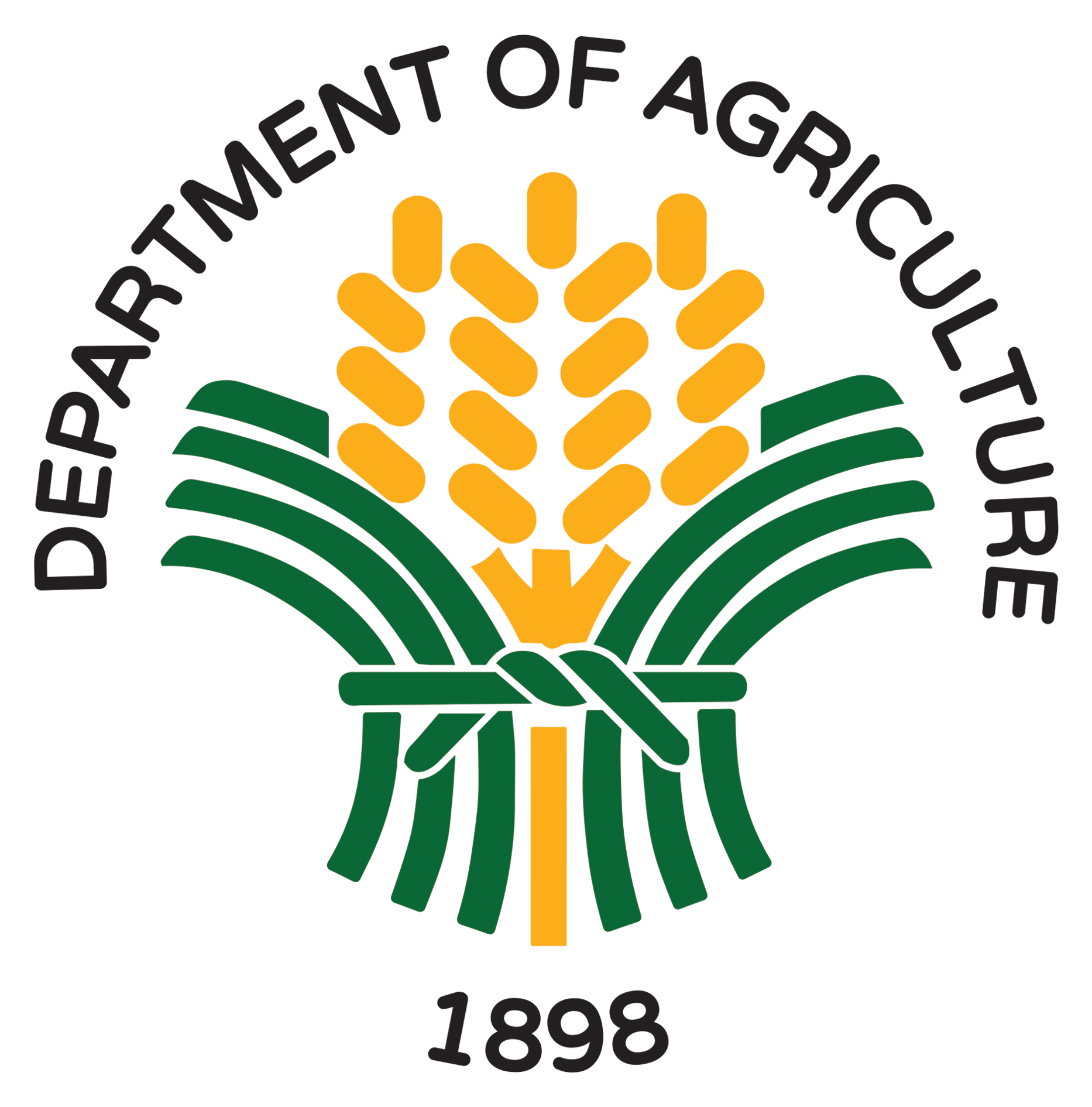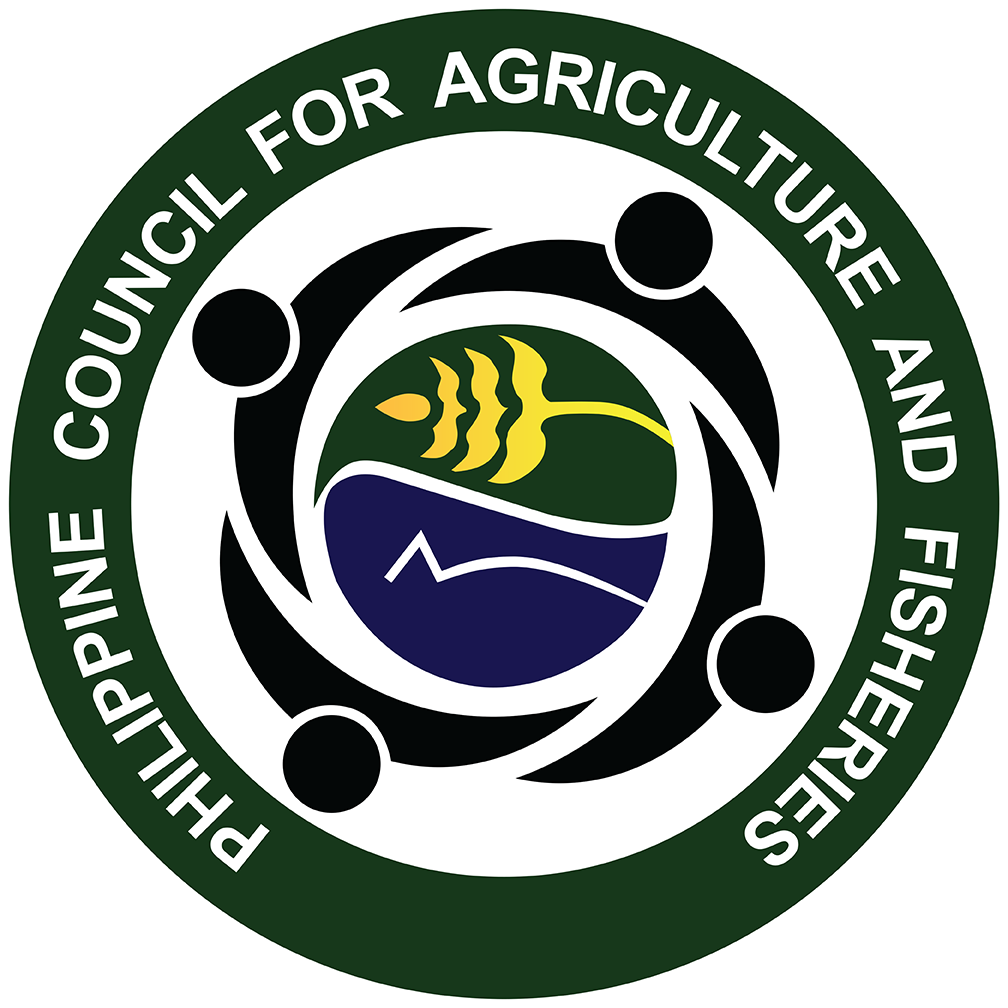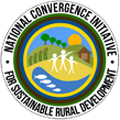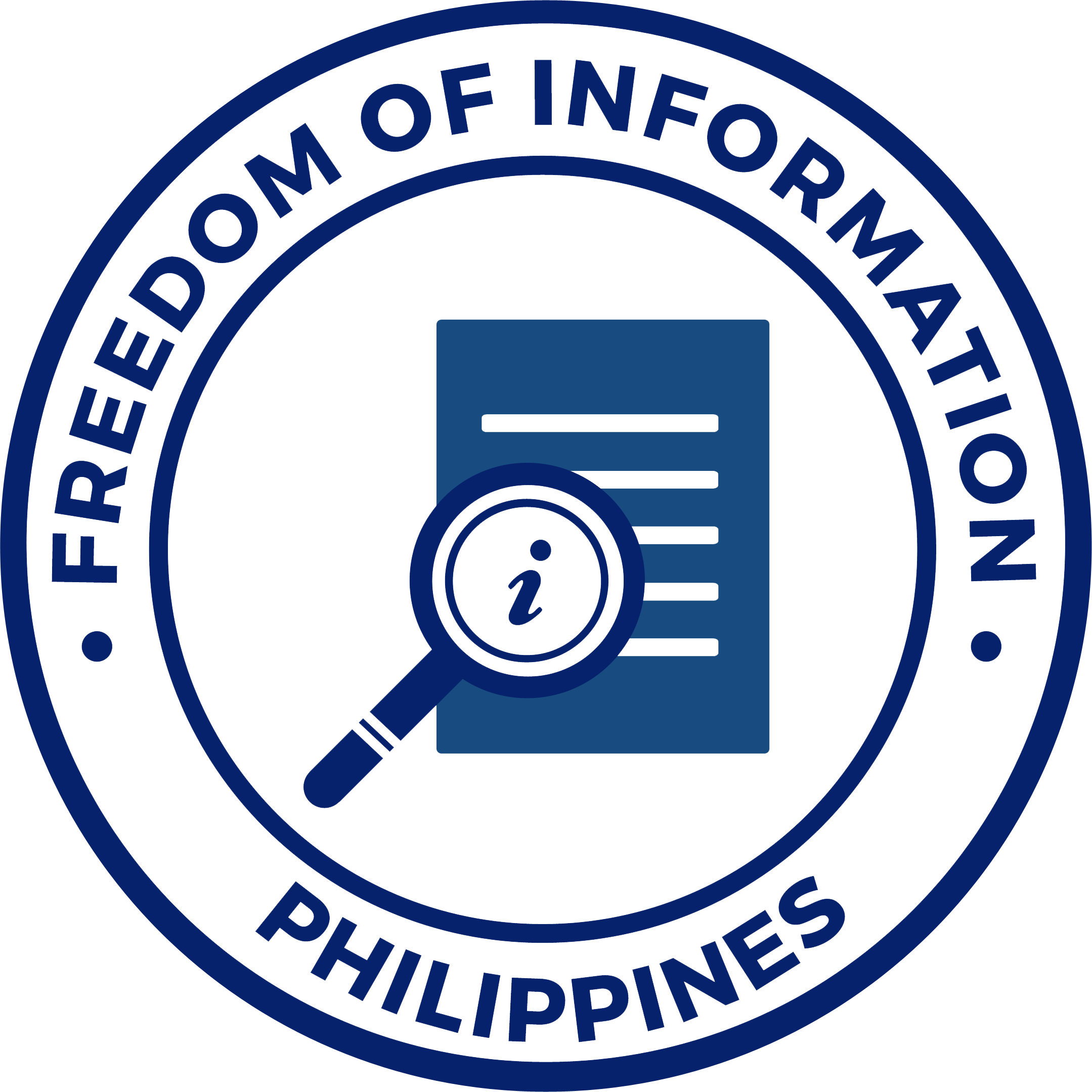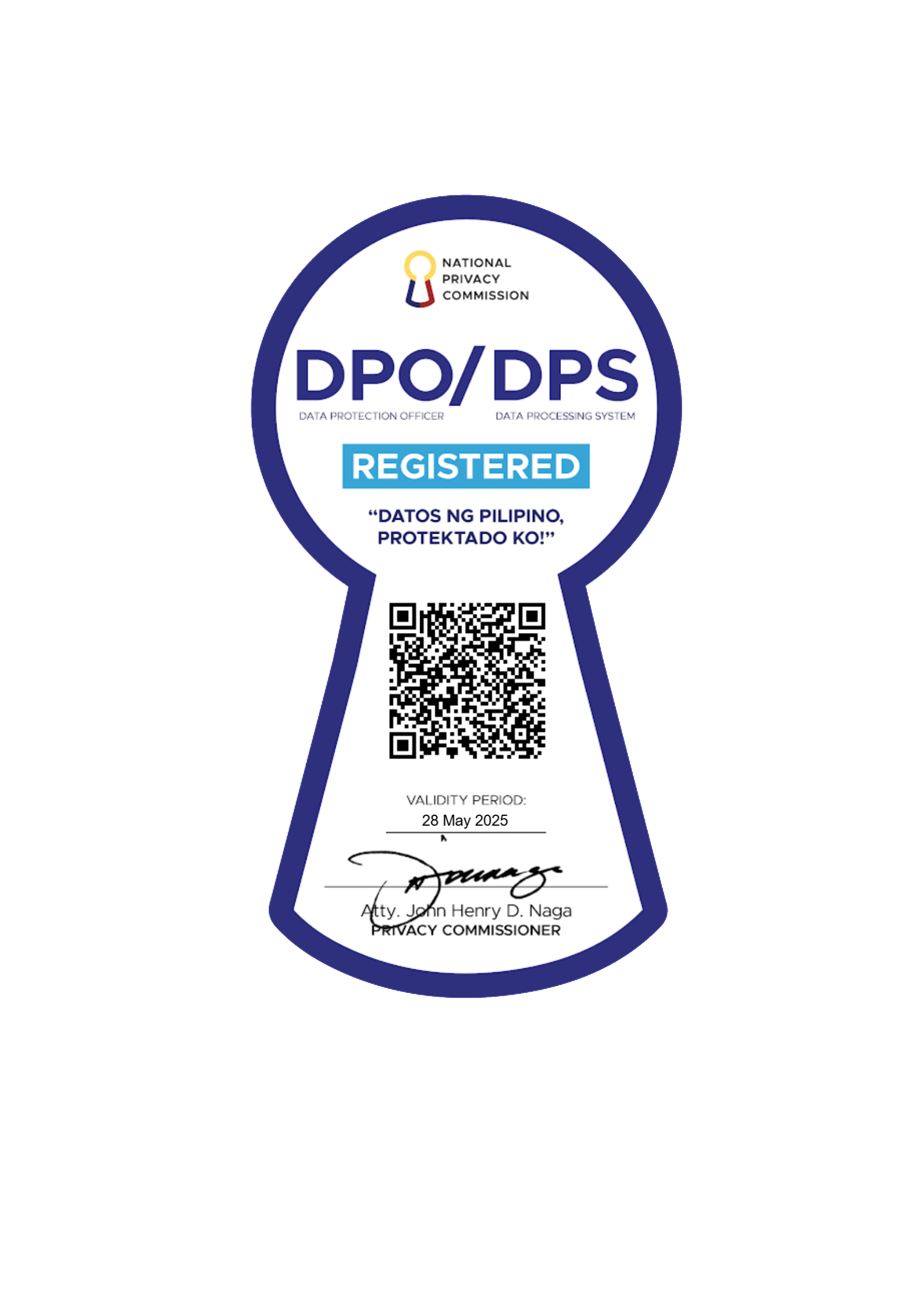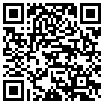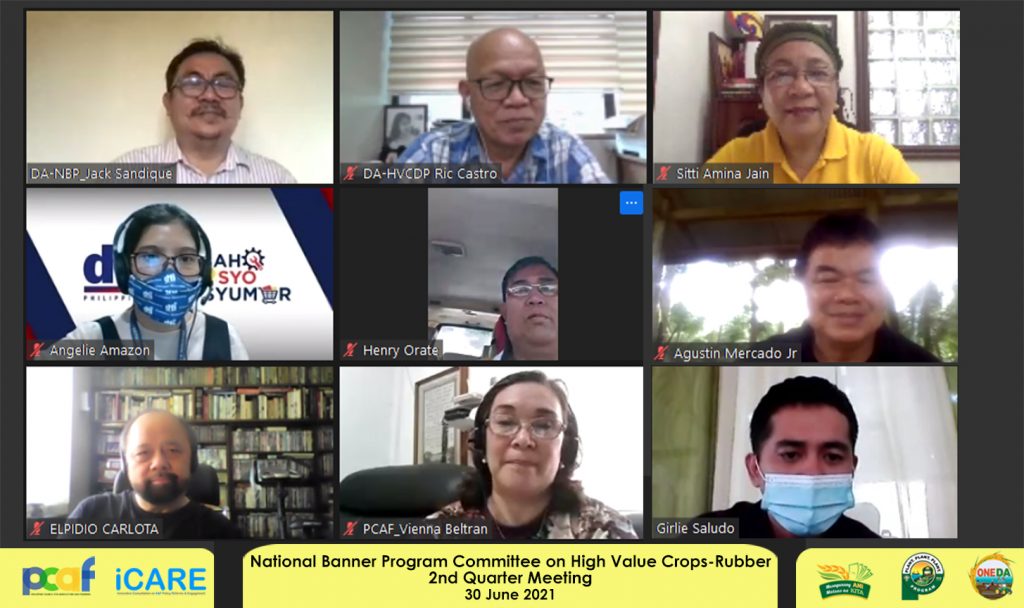
“Is rubber farming sending our smallholders to poverty?”
This was the resonating question of Alfonso Jack Sandique, Chairperson of the National Banner Program Committee on High Value Crops-Rubber (NBPC on HVC-Rubber), during their second quarter meeting on June 30, 2021.
Traditional rubber programs of the government were deemed inefficient in terms of generating higher and stable income for farmers, especially with the high mobility of rubber’s price in the market.
As a response, the body approved a motion for the Philippine Rubber Research Institute (PRRI) to revisit and facilitate the adoption of modern rubber production technologies among farmers, starting from seed selection to tapping.
PRRI Acting Executive Director Dennis Palabrica explained that a previous PCAF resolution was already adopted to study the efficient operation of the Platinum Rubber Development Incorporated (PRDI). In fact, pilot testing and related research were already being conducted.
However, Philippine Rubber Industries Association Inc. (PRIA) President Gabriel Igot insisted that successful adoption of PRDI’s technology was impossible since the resolution was just approved two years ago. This would mean that some steps were skipped, particularly the selection of best quality seedlings to plant, making the initiative a waste of effort.
PRRI then noted that funding should be secured to revisit and facilitate the adoption since it would require additional manpower and quality materials.
In relation to developing new initiatives, intercropping rubber with high-value commodities was also discussed.
The Sulo Agrarian Reform Multi-Purpose Cooperative (SARBEMCO) presented its completed and validated production data before and after Abaca intercropping. The advantage of Abaca among other crops was that it can already be harvested after a year, providing additional income to rubber farmers.
The Committee then deliberated if it is possible to introduce intercropping to smallholders since they are the priority stakeholders.
Sandique confirmed that it is feasible, and gave an example of a three-hectare farmland being divided to plant one hectare of rubber, one hectare of abaca and one hectare of cacao. This was supported by Dr. Agustin Mercado, Jr. of the World Agroforestry Centre, sharing their application of rubber and cacao intercropping on the sloping hills of Claveria, Misamis Oriental.
The Philippine Rubber Technical Working Group also presented updates on the rubber industry roadmap for 2021-2040.
Department of Trade and Industry IX Regional Director Sitti Amina Jain emphasized that all activities of PRRI from 2021 onwards should be well-documented in the roadmap in order to justify the budget request of the agency.
Once approved, the roadmap should be communicated and disseminated to all regions and DA agencies for alignment and implementation.
Lastly, Sandique announced the strengthening of the Committee’s organizational structure by reviving the Rubber Cluster Group, previously arranged by DTI.
PCAF would be sending the official invitation letter to the private-sector organizations for the membership to the NBPC on HVC-Rubber.
It is expected that additional members will be participating in the 3rd quarter meeting, tentatively scheduled on September 9, to identify and address policy gaps in the rubber industry. | JCL
